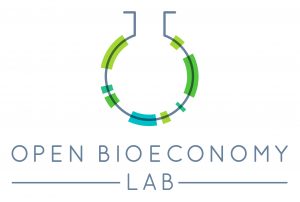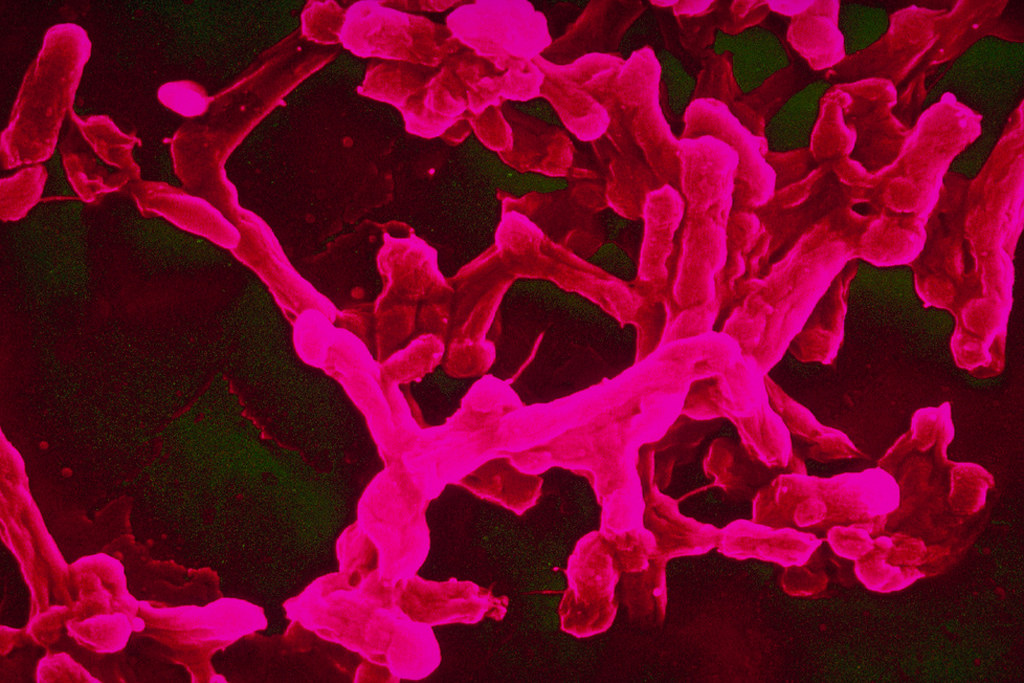The CRISPR-TyphoidDx project is developing a low-cost and highly sensitive and specific molecular test for typhoid fever, with the goal of making this locally manufacturable in Cameroon. The project has now published a working paper based on the initial round of stakeholder engagement in Cameroon, led by Minette Shalo (Buea University) and Kingsley Angeh (MboaLab) to better understand the current challenges of typhoid diagnostics and the design goals for a new test.
Enteric fever (typhoid and paratyphoid fever) is a systemic infection caused by the gram-negative bacteria Salmonella enterica serovar Typhi (S. Typhi) and Paratyphi A, B &C (S. Paratyphi) which are highly contagious and rapidly spread through ingestion of contaminated water and food in poor sanitary conditions. The disease causes approximately 17.8 million cases and 75,000–208,000 deaths worldwide each year (Antillón et al., 2017), predominantly in those under five years of age (Arora et al., 2019). In enteric fever is widely recognized as a national public health concern and the Global Health Data Exchange data estimates there were 45,000 cases and 580 deaths in 2016 (Global Burden of Disease Study, 2017). Enteric fever is treatable with antibiotics but its signs and symptoms are non-specific and overlap with malaria and other febrile illness which makes the prognosis presumptive.
There is a clear need for rapid and accurate diagnosis and the design of the final diagnostic must be led by and address the needs of Cameroonian clinicians, patients and other stakeholders. Therefore, stakeholder engagement was undertaken through a series of interviews and questionnaires to understand the current state of typhoid diagnostics in Cameroon, perceived limitations and possible solutions from the perspective of various stakeholders. This data will allow us to make relevant decisions on the development of CRISPR-TyphoidDx and the pathway to adoption and impact of a molecular diagnostic for typhoid fever.
Several conclusions can be drawn from the stakeholder engagement. These include:
- The current diagnostic methods and diagnostic tools for typhoid diagnoses are severely limited with regards to efficacy, efficiency and affordability.
- These limitations have a considerable impact on the health care delivery and proper diagnosis of typhoid fever.
- There is a need for affordable novel diagnostic methods with greater capabilities as involves the diagnosis of typhoid fever.
- Adoption of molecular diagnostics in local health centres shall require strategic assistance.
The implications for the design of the CRISPR-TyphoidDx diagnostic are that great care needs to be paid to ease of use and cost while not compromising on sensitivity and specificity. However, the benchmark provided by existing tests is quite low and significant improvements over the current standard are possible.
Results from NGOs, infectious disease researchers and public health officials are pending due to the challenges of organising interviews with these groups during a public health emergency.
Image Credit: Electron microscope image of bacteria responsible for typhoid fever. Photographer: Alain Grillet. Copyright Sanofi Pasteur, licensed under CC-BY-NC-ND 2.0


